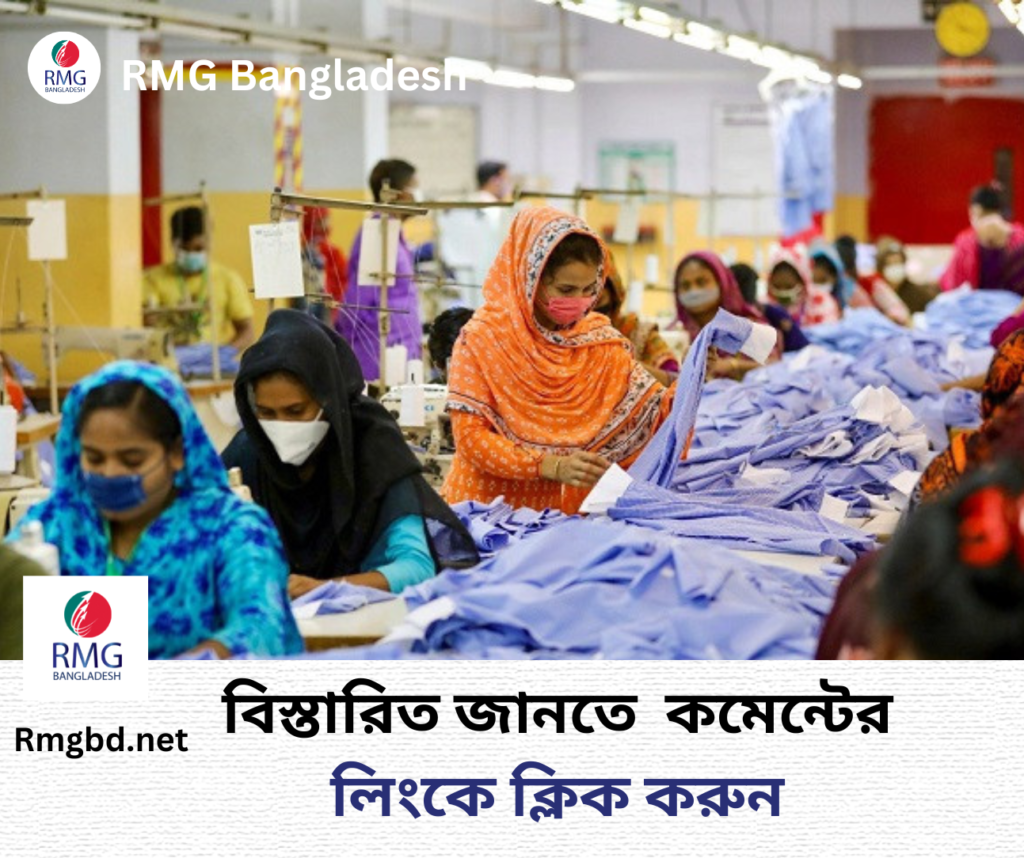US fashion companies will reduce imports from China due to inflation and China-US tension
American fashion brands are overcoming their dependence on China to import apparel. US fashion companies will reduce imports from China due to inflation and China-US tension. On the other hand, American buyers want to increase the import of clothes from Bangladesh. The United States Fashion Industry Association (USFIA) has highlighted these in a recent survey of 30 fashion companies in the United States.

According to a study, more than half (52%) of US apparel executives intend to increase sourcing from Bangladesh while 15% of US fashion executives expressed a desire to reduce their sourcing from Vietnam, 11% aimed to do so from Cambodia and Sri Lanka. Additionally, 7% indicated a similar intention regarding India and Indonesia.
Figure: US apparel buyers to increase imports from Bangladesh.
In contrast, 78% of companies surveyed said they plan to cut imports from China within two years. While US Republicans and Democrats have agreed on some policies on China, the reaction of the country’s fashion industry adds a new layer of uncertainty.
US fashion companies have expressed concern over the negative turn in China-US relations. They are turning away from China to other sources. This year, 40 percent of companies imported less than 10 percent of their apparel needs from China. In 2022 the import rate was 30 percent which was 20 percent in 2019. More importantly, nearly 61 percent of companies did not list China as a supplier this year, up from 50 percent in 2022.
Currently, Vietnam is the second largest source of imports after China. Then there are Bangladesh, India, Cambodia and Indonesia respectively. According to sources, in 2022, the United States imported apparel products worth more than $10 billion from Bangladesh. In this scenario, the United States Fashion Industry Association (USFIA) survey report is promising for Bangladeshi exporters.
Bangladesh Knitwear Manufacturers and Exporters Association (BKMEA) Executive President Mohammad Hatem said most brands and buyers are reluctant to source from China due to geopolitical concerns. These geopolitical factors have created a sense of uncertainty among all buyers, prompting them to explore alternative sourcing destinations.
He said that the garment industry of Bangladesh has established itself as a reliable and steady supplier in the global market. Bangladesh’s consistent political stability in recent years has contributed to the industry’s growth, positioning it for significant growth in exports.
In this context, Shahidullah Azim, vice president of the Bangladesh Garment Manufacturers & Exporters Association (BGMEA) said, “Western buyers are searching for an alternative to China for apparel sourcing while Bangladesh has a distinct advantage due to its strong capacity, commitment to ethical production practices and emphasis on sustainable, environmentally friendly industries.”
Bangladeshi garment entrepreneurs said that the potential arrival of additional orders in Bangladesh would not only catalyze the growth of the existing industry but also pave the way for the creation of numerous job opportunities.
They also think that Bangladesh must focus on increasing infrastructure capacity to effectively address future demands with special emphasis on increasing port and road connectivity capacity.
















